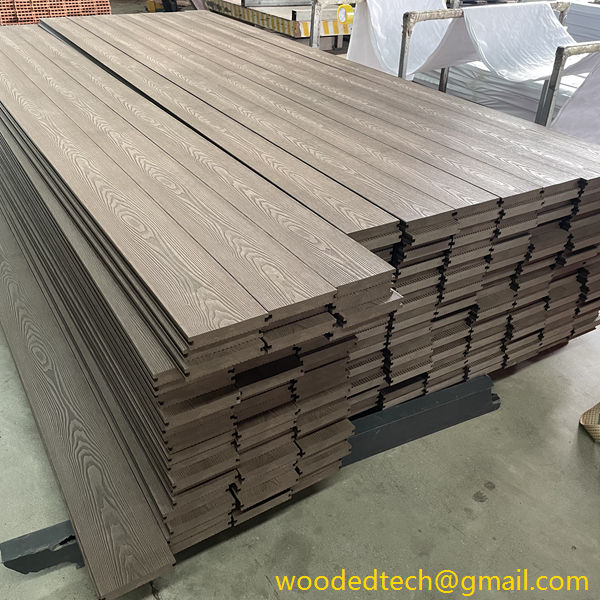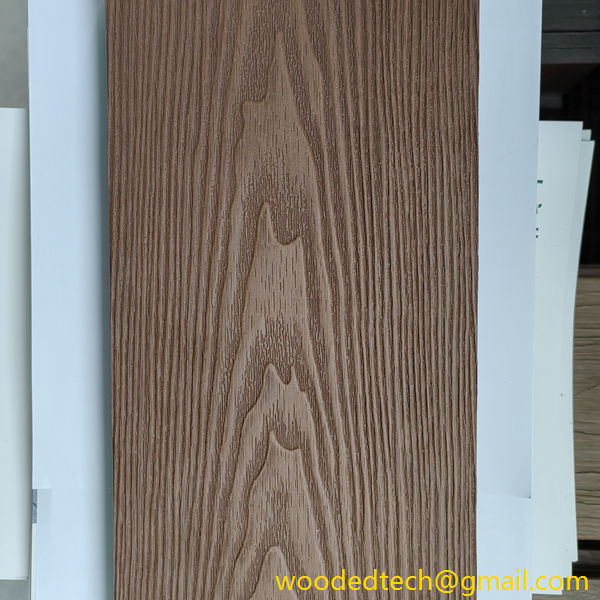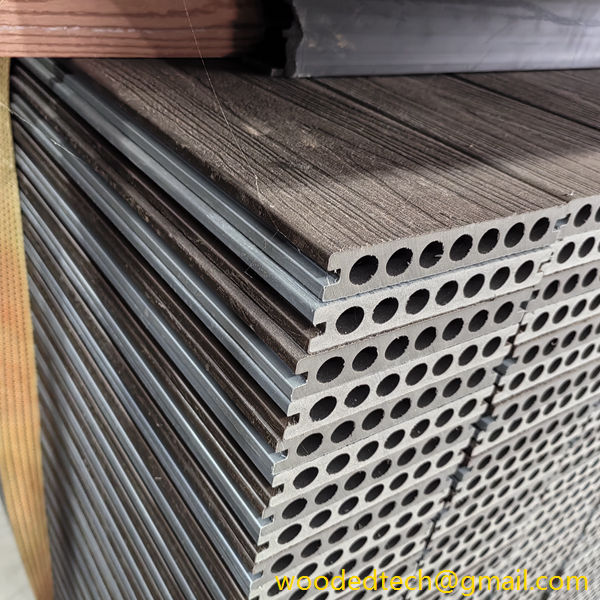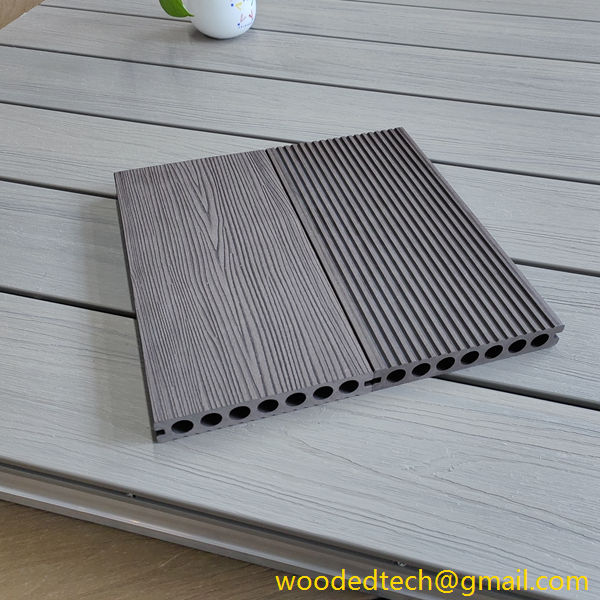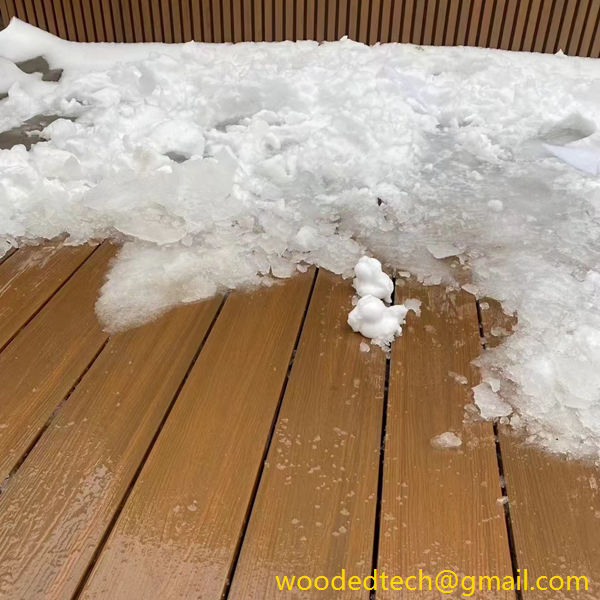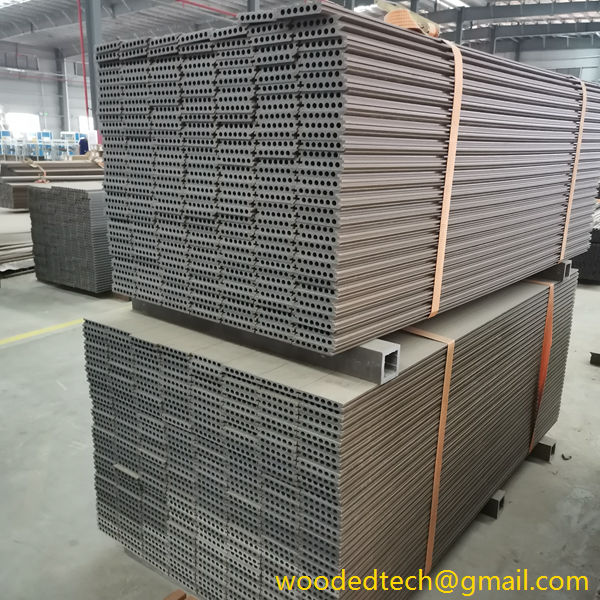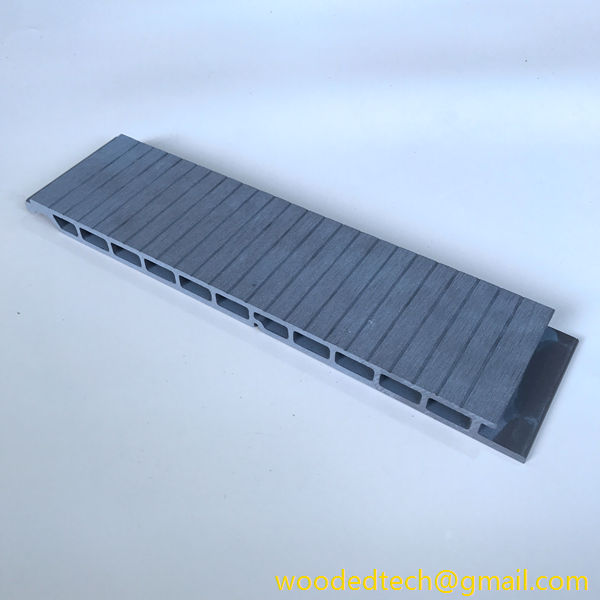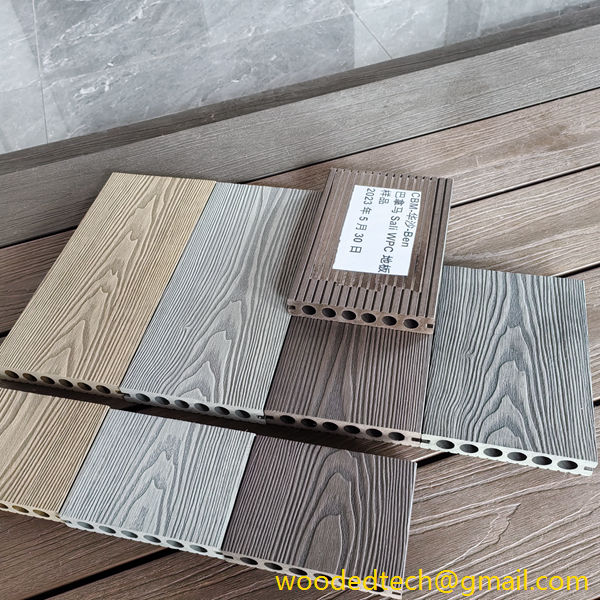Benefícios do deck em compósito antiderrapante para a segurança
Benefícios do deck compósito antiderrapante para a segurança O deck compósito antiderrapante surgiu como uma escolha popular para espaços exteriores, proporcionando uma superfície segura e durável para várias aplicações. Os benefícios da utilização de decks compostos antiderrapantes vão para além da estética; desempenham um papel crucial para garantir a segurança, melhorar a funcionalidade e contribuir para o desempenho a longo prazo. Este...
Benefícios do deck em compósito antiderrapante para a segurança
Non-slip composite decking has emerged as a popular choice for outdoor spaces, providing a safe and durable surface for various applications. The benefits of using non-slip composite decking extend beyond aesthetics; they play a crucial role in ensuring safety, enhancing functionality, and contributing to long-term performance. This article will explore the numerous advantages of non-slip composite decking, particularly in the context of safety, making it a preferred option for homeowners and commercial property owners alike.
One of the primary benefits of non-slip composite decking is its enhanced safety features. Traditional wooden decks can become slippery when wet, creating a hazardous environment for individuals walking on them. This is particularly concerning in areas that experience frequent rainfall or have pools and hot tubs nearby. Non-slip composite decking is designed with a textured surface that significantly reduces the risk of slips and falls. The materials used in composite decking often include additives that improve traction, providing a secure footing even in wet conditions. This feature is especially beneficial for families with children or elderly individuals, as it minimizes the likelihood of accidents.
In addition to its inherent safety features, non-slip composite decking also offers a level of durability that is unmatched by traditional materials. Composite decking is engineered to withstand the elements, including rain, snow, and UV rays, without warping, cracking, or fading. This durability means that homeowners can enjoy their outdoor spaces without the constant worry of maintenance or repairs. Unlike wood, which requires regular sealing and staining to maintain its appearance and structural integrity, composite decking is designed to retain its color and texture over time. This means that the non-slip properties of the decking will remain effective for many years, providing consistent safety and performance.
Another significant advantage of non-slip composite decking is its low maintenance requirements. Homeowners often seek materials that not only look good but also do not demand excessive upkeep. Composite decking is resistant to mold and mildew, reducing the chances of slippery surfaces caused by organic growth. Routine cleaning typically involves simply sweeping or hosing down the surface, making it an ideal choice for busy individuals or families. This ease of maintenance further enhances safety since a clean surface is less likely to harbor slippery substances.
The environmental impact of composite decking is another positive aspect worth noting. Many composite materials are made from recycled plastics and wood fibers, making them a more sustainable choice compared to traditional wood decking. By opting for composite decking, homeowners can contribute to environmental conservation while also ensuring that their outdoor spaces are safe and functional. Furthermore, the production of composite materials often involves less energy consumption and fewer emissions than that required for harvesting and processing natural wood, making it an environmentally responsible choice.
Aesthetic versatility is another benefit of non-slip composite decking. Available in a wide range of colors, textures, and finishes, composite decking can complement various architectural styles and landscaping designs. Whether a homeowner desires a modern look or a more traditional appearance, there is a composite option to suit their needs. This versatility allows homeowners to create beautiful outdoor spaces that are both inviting and safe. The ability to customize the look of the decking without sacrificing safety is a significant advantage for those looking to enhance their property’s appeal.
Moreover, non-slip composite decking is resistant to insects and rot, which are common issues associated with wooden decks. This resistance not only prolongs the life of the decking but also contributes to a safer environment. Insects such as termites can compromise the structural integrity of wooden decks, leading to dangerous situations where the decking may collapse or become unstable. By choosing composite materials, homeowners can ensure that their decking remains safe and secure for years to come.
Another critical consideration is the slip resistance of non-slip composite decking, which is often quantified using a coefficient of friction rating. This rating indicates how slip-resistant a surface is in various conditions. Non-slip composite decking typically achieves higher ratings than traditional wood, particularly when wet. This quantifiable measure of safety provides peace of mind to homeowners and property managers, making it an essential factor in the decision-making process.
In conclusion, non-slip composite decking offers numerous benefits that make it a superior choice for outdoor spaces. Its enhanced safety features significantly reduce the risk of slips and falls, making it suitable for families, public spaces, and commercial properties. The durability and low maintenance requirements of composite decking ensure long-lasting performance without compromising safety. Additionally, the environmental benefits, aesthetic versatility, and resistance to pests further solidify its position as a preferred material for decking. By choosing non-slip composite decking, homeowners can create safe, beautiful, and functional outdoor environments that will be enjoyed for many years.

